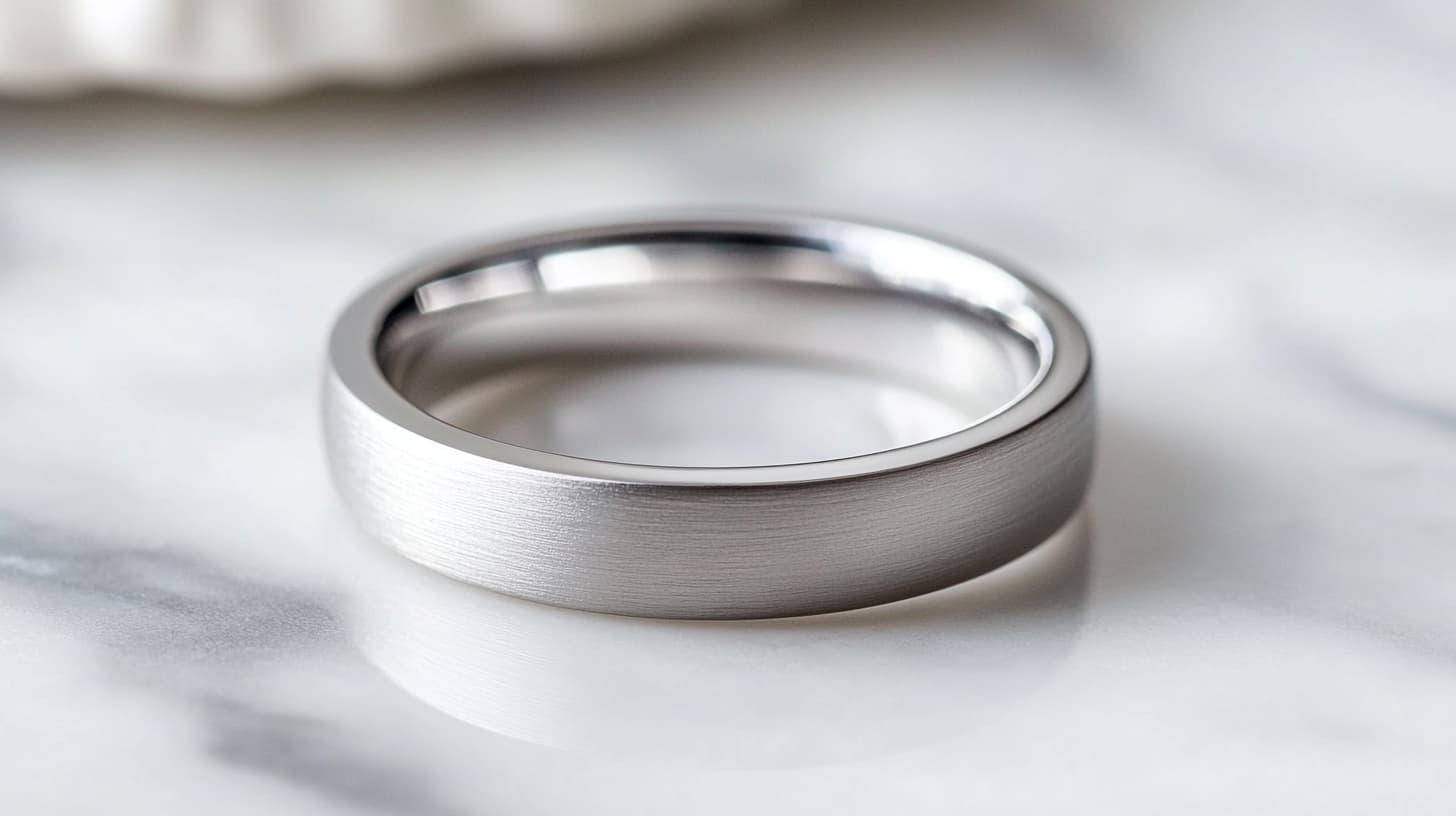Design is a powerful and transformative force that shapes our world in countless ways. From the buildings we inhabit to the products we use, design influences our experiences, behavior, and the way we perceive the world around us. In this article, we will explore the world of design, its significance, its various disciplines, and how it impacts our daily lives.
The Significance of Design
Design is not just about aesthetics; it’s about solving problems, enhancing functionality, and creating a better user experience. Its significance lies in several key aspects:
- Problem Solving: Design is a problem-solving process. It addresses challenges and seeks to find innovative solutions that improve our lives and the world we live in.
- Aesthetics: Design is responsible for the visual and sensory aspects of the products and environments we encounter. It shapes our perceptions of beauty and style.
- User Experience: In product and digital design, a seamless user experience is paramount. Designers create intuitive interfaces that enhance usability and satisfaction.
- Communication: Graphic and communication design are instrumental in conveying information, messages, and ideas effectively and persuasively.
- Innovation: Design drives innovation by pushing boundaries and introducing new concepts, materials, and technologies into various industries.
Disciplines of Design
Design is a broad and multifaceted field with various specialized disciplines. Some of the primary design disciplines include:
- Graphic Design: Graphic designers create visual content for print and digital media, including logos, posters, websites, and marketing materials.
- Industrial Design: Industrial designers develop products and systems, focusing on form, function, and user experience. This includes everything from consumer electronics to furniture.
- Interior Design: Interior designers plan and create functional and aesthetically pleasing interior spaces, considering factors like layout, furniture, lighting, and color schemes.
- Architectural Design: Architects design buildings and structures, shaping the physical environment we inhabit. Their work involves aesthetics, functionality, and sustainability.
- Fashion Design: Fashion designers create clothing and accessories, setting trends and expressing cultural and individual identities.
- UX/UI Design: User experience (UX) and user interface (UI) designers work on the design of websites, apps, and software to ensure a user-friendly and visually appealing experience.
- Environmental Design: Environmental designers focus on designing public spaces, landscapes, and urban environments that enhance the quality of life in communities.
Design in Our Daily Lives
Design is omnipresent in our daily lives, influencing everything we interact with, including:
- Technology: The design of smartphones, laptops, and gadgets affects our daily routines, making them more efficient, enjoyable, and user-friendly.
- Fashion: Our clothing and accessories are products of fashion design, reflecting cultural and personal aesthetics.
- Architecture: The buildings we inhabit, work in, and visit are architectural marvels that combine form, function, and aesthetics.
- Packaging: The packaging of products impacts our purchasing decisions and first impressions.
- Transportation: Cars, bicycles, public transit systems, and even sidewalks are designed to facilitate our movement and transportation.
- Communication: The layout and aesthetics of websites, apps, and printed materials play a crucial role in conveying information effectively.
- Home Interiors: The arrangement of furniture, color schemes, and interior decor transform our living spaces into comfortable and aesthetically pleasing environments.
Design for a Better Future
Design has a pivotal role in shaping a better future. As global challenges like climate change, sustainability, and healthcare evolve, designers are tasked with creating innovative solutions. Sustainable design, inclusive design, and human-centered design are approaches that address these challenges while enhancing the quality of life for all.
Conclusion
Design is the art of creativity and innovation that influences every aspect of our lives. It addresses problems, enhances aesthetics, and improves functionality. From the buildings that surround us to the products we use daily, design is a transformative force that shapes the world. In an ever-evolving and interconnected global landscape, design continues to play a pivotal role in shaping a brighter and more inclusive future for all. It is not merely an art form; it is a catalyst for progress and a reflection of human ingenuity.







